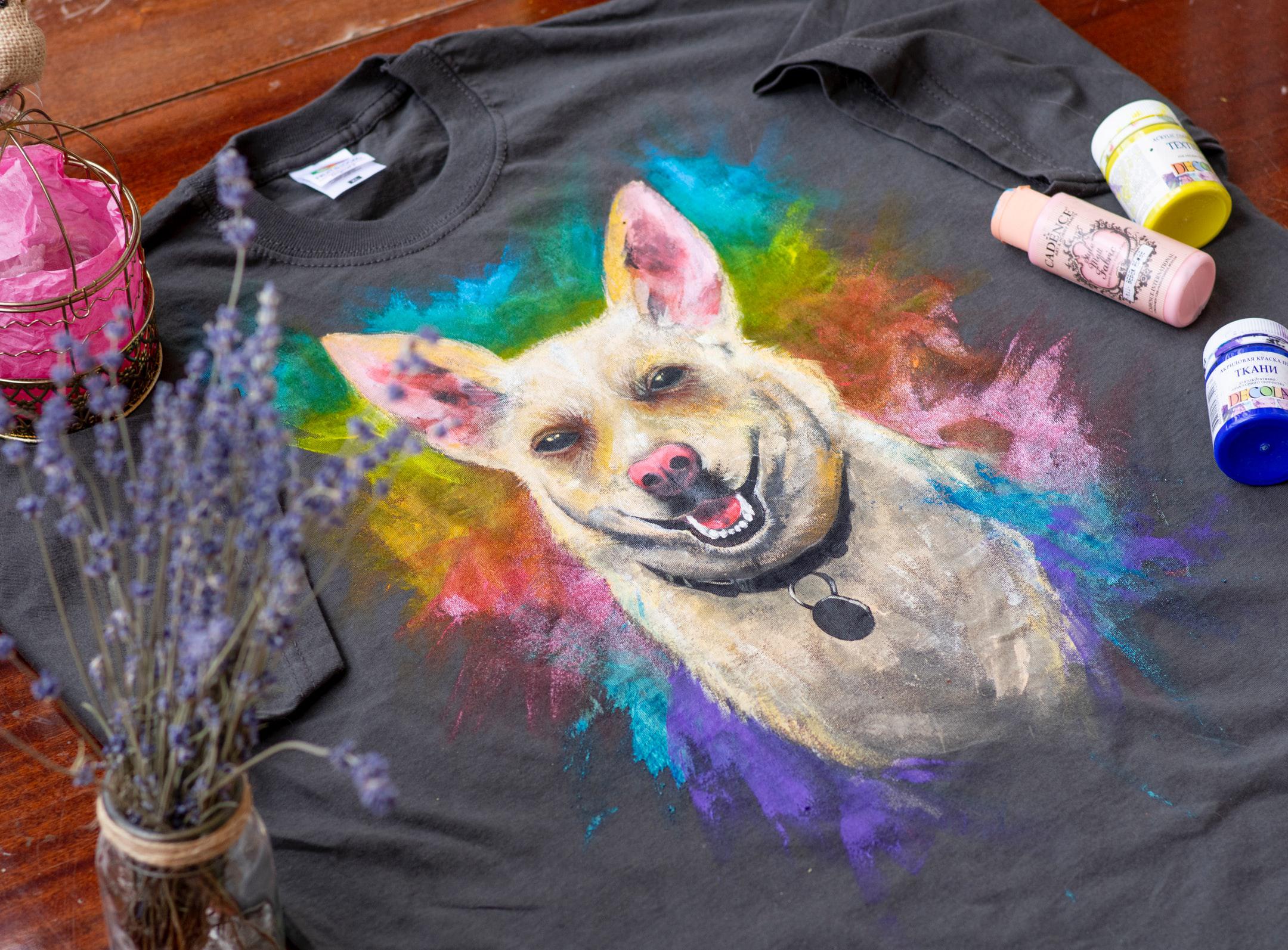
Whether you’re creating a special memento for a family member or commemorating a company event, a printed t-shirt with an image can be a great choice. Here’s how to optimize your picture for screen printing in Wausau, WI.
Capturing an image on a t-shirt involves more details than you might expect. This is because a print of a digital image will often produce a lower quality result than how the image might appear on your phone or computer.
Differences between the color brightness, the appearance of smaller details, and the overall look of the image can be noticeable. Even more so if the image isn’t properly optimized before sending it to a screen-printer.
While getting your image just right for a t-shirt may seem challenging, there are steps you can take to guarantee you have the best result. Of course, partnering with the experts at Four Seasons Screen Printing will also help!
Resolution is how many pixels an image has. And resolution size is the biggest reason why you might experience a noticeable difference between the image that comes out on the t-shirt versus the image file on your computer. The lower the resolution of an image, the lower the number of pixels, and the lower the overall quality of the image itself.
For t-shirt printing, an ideal image resolution should be around 200 PPI or more — 300 PPI at best. PPI stands for “pixels per inch” and can be calculated by dividing both the image’s pixel width by image width and the image’s pixel height by the image’s height.
Oftentimes, you can determine the width and height of both the image’s pixels and the image by exploring the file’s properties on your phone or computer. This is an important detail to keep in mind when choosing your t-shirt size because the size of the t-shirt will affect the size of your image.
Also, although you can upscale a lower resolution image, the picture will likely not turn out exactly how you’d imagined it or if you had used a higher resolution of the image to begin with.
So, if you’re printing an image that you’ve taken with a camera or phone, double-check your resolution settings and turn them up as high as they can go. You’ll also want to double-check the file of the image.
Depending on your phone or camera, the images you take will be saved as a certain file, and their resolution may be compressed. For example, JPEG images are compressed files of a full-size picture and will often have a lower resolution.
The two types of image files you will come across include vector files and bitmaps (or rasters). Out of these two, vector files are the best image files for t-shirt printing. Though bitmap images can be useful for getting the image’s positioning right on your t-shirt before printing.
If you know how to edit images with software like Photoshop, you can further optimize your image. Touching up an image, cropping it to have the main focus of the picture in the frame, or balancing the colors can all help you achieve a better result. Changing the hue and saturation levels helps restore the vividness of the colors you might lose when printing the image on a t-shirt as well.
Ready to print your high-quality t-shirt? With over 20 years in the industry, we can help make your printing experience a success. Contact us today to start.